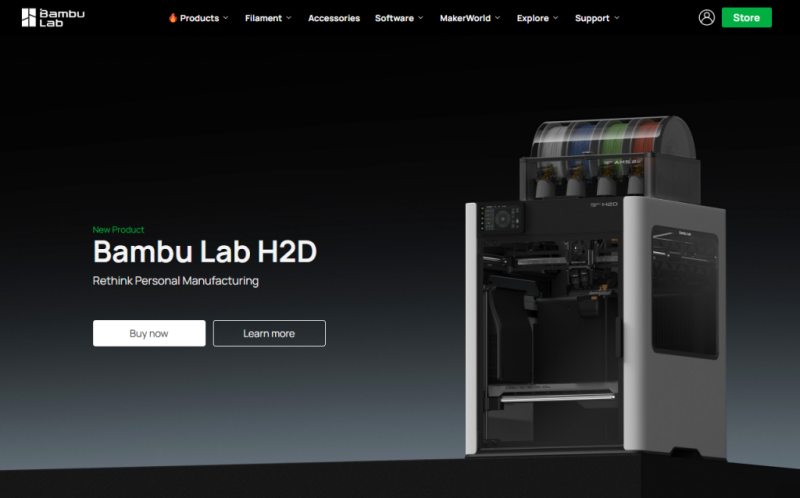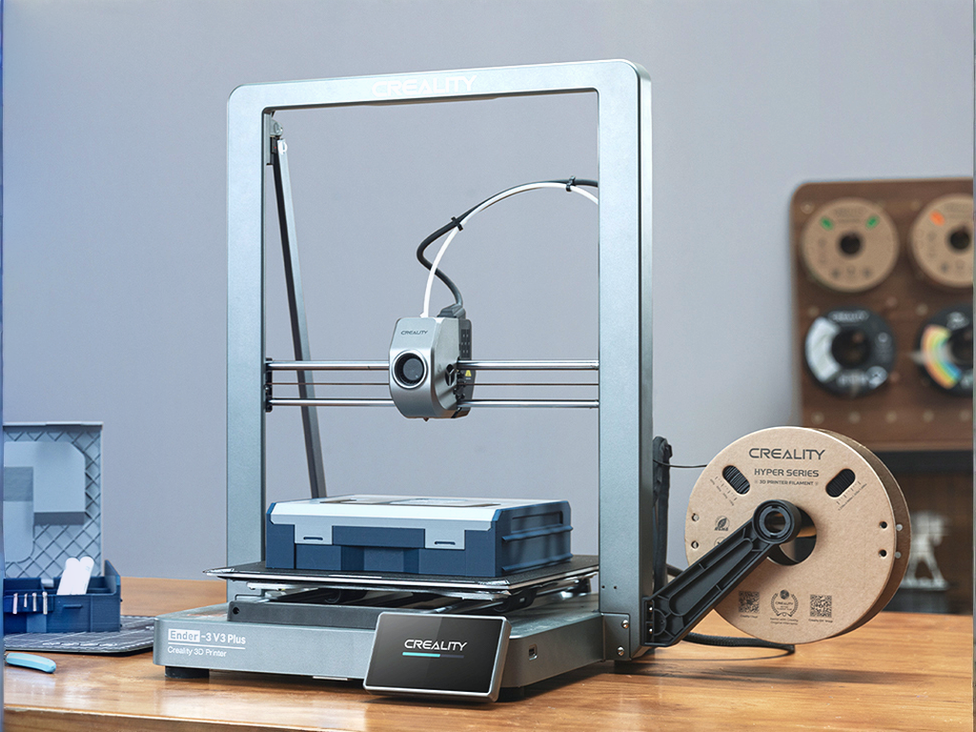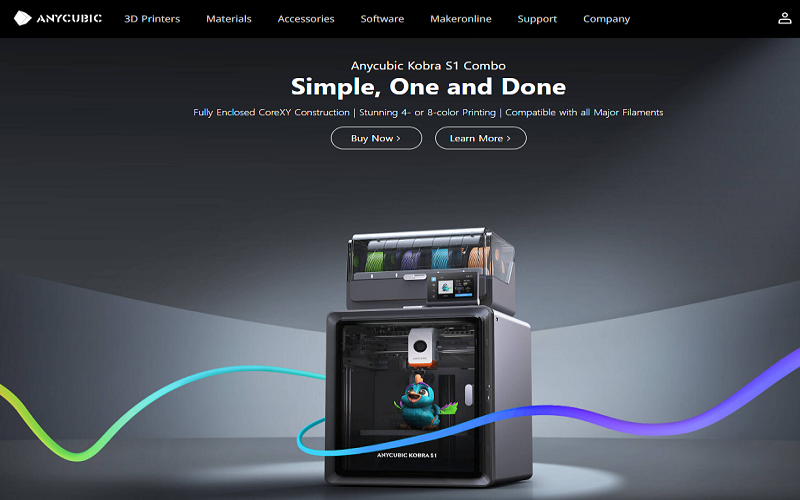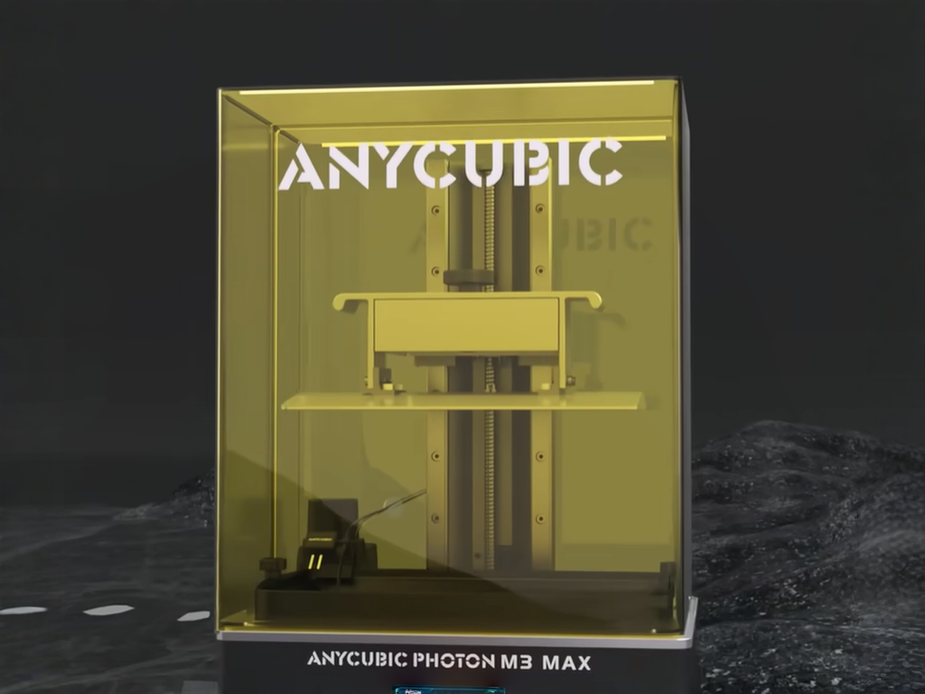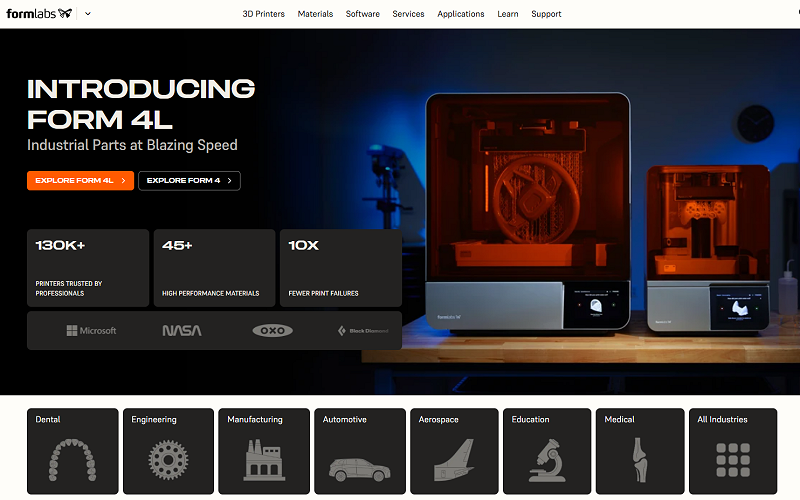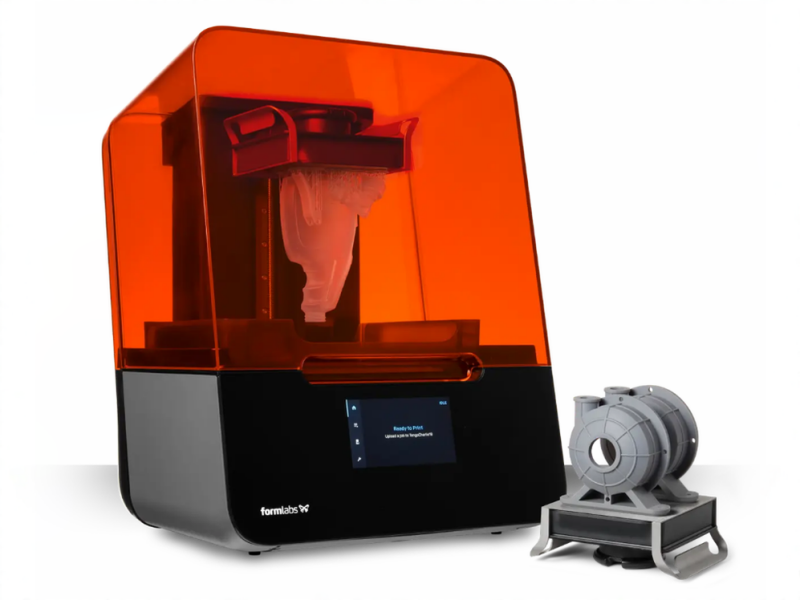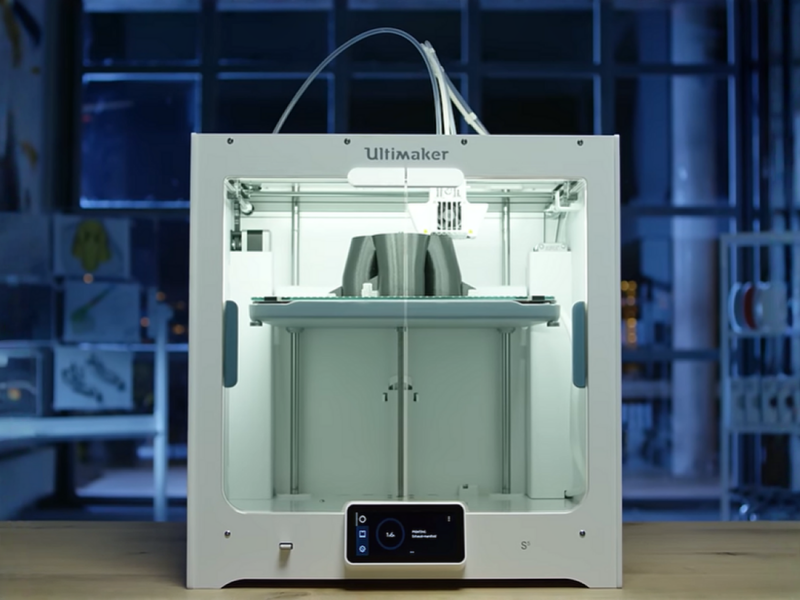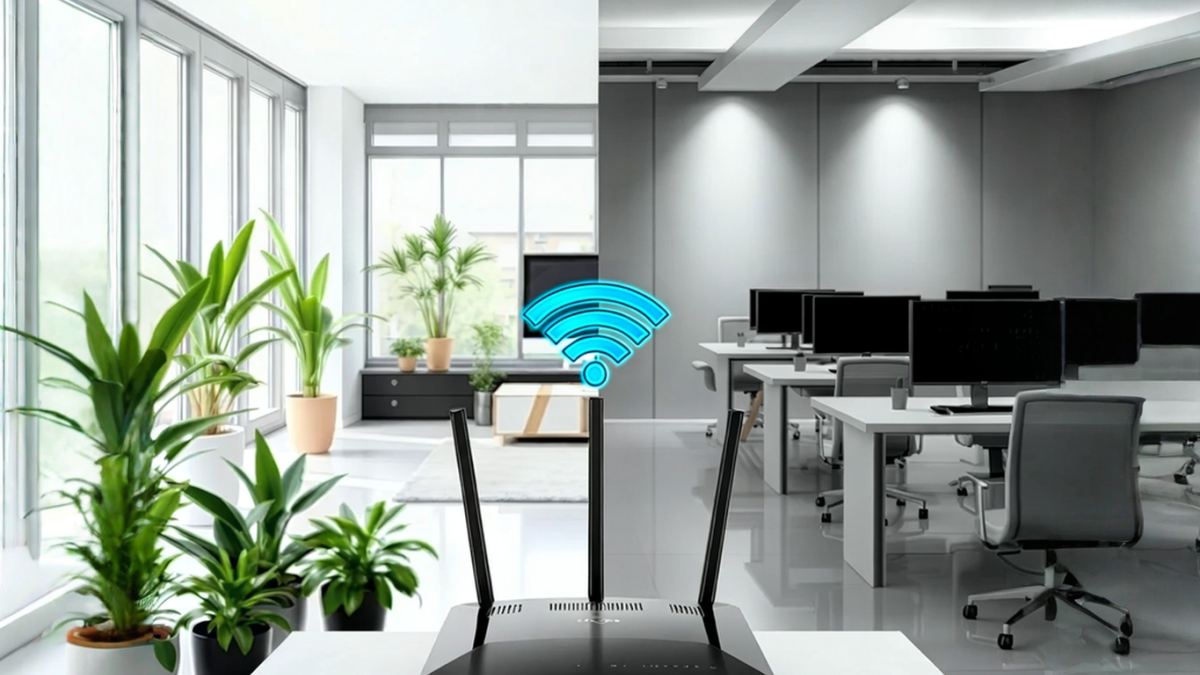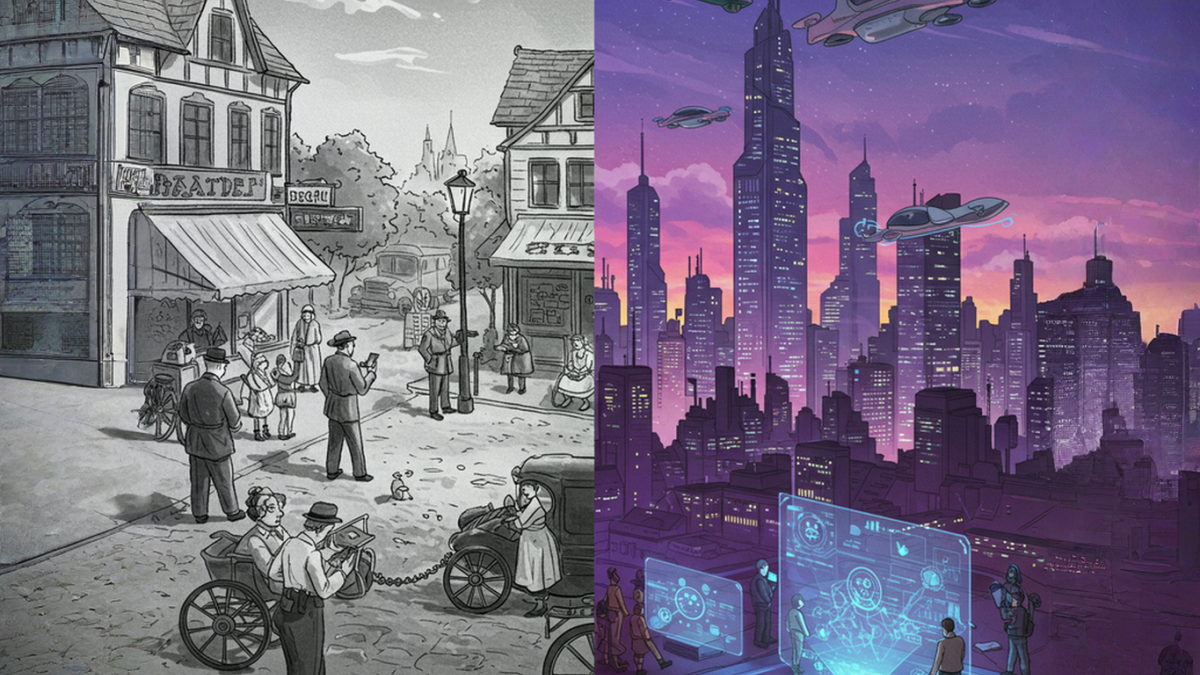Hi-tech 3D printers are no longer the stuff of science fiction. Investing in one opens up boundless opportunities for creativity and innovation. Given the diverse range of choices, careful selection is essential for making a worthwhile investment. Exploring the different types of 3D printing technologies, along with assessing costs, materials, and features, can feel overwhelming without proper guidance. That’s why a compilation of the top 10 essential factors to consider before diving into the world of 3D printing has been prepared. With these insights, consumers will be well-equipped to choose the perfect 3D printer that aligns with their goals and needs.
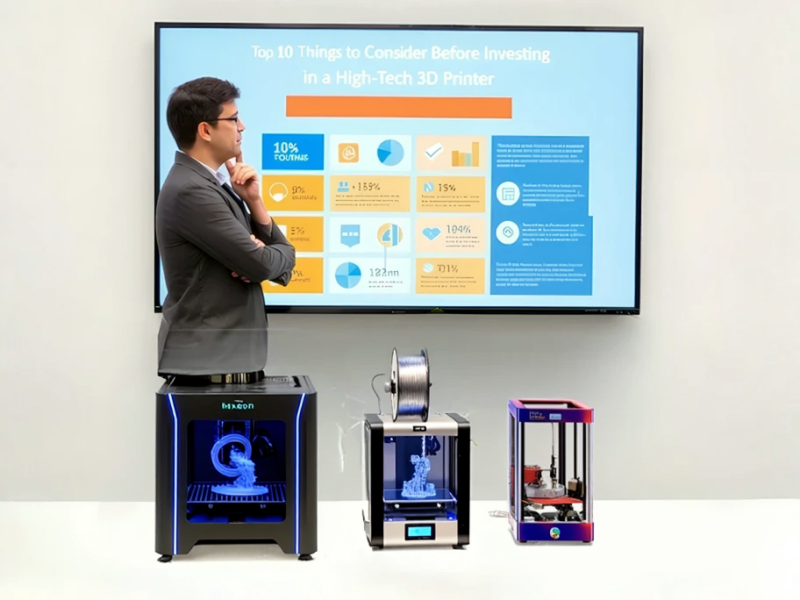
Why Invest in a 3D Printer?
Before exploring the key factors, it’s crucial to understand why 3D printing matters. This technology turns digital designs into physical objects layer by layer, offering flexibility for artists, engineers, and entrepreneurs alike. Whether creating unique pieces, prototyping inventions, or launching small-scale manufacturing, a 3D printer brings ideas to life. Its ability to enable quick iterations, product customization, and reduced reliance on traditional methods makes it transformative across industries. Careful evaluation ensures the right choice for your needs and a valuable investment in innovation.
Top 10 Essential Factors to Consider Before Buying a 3D Printer
1. Purpose and Application
The first step in choosing a 3D printer involves defining its intended use. Is the focus on creative projects as a hobbyist, functional prototypes as a professional, or end-use parts as a business owner? The specific application will determine the type of printer, materials, and features required. For instance, intricate jewelry design necessitates high precision, whereas large-scale architectural models require a larger build volume. Clarifying goals helps narrow down the available options.
2. Types of 3D Printing Technologies
3D printing isn’t a one-size-fits-all technology—there are several methods, each suited to different needs:
- Fused Deposition Modeling (FDM): Affordable and widely used, FDM printers extrude melted plastic filament to build objects. Ideal for beginners and general-purpose printing.
- Stereolithography (SLA): Using a laser to cure liquid resin, SLA offers high precision and smooth finishes, perfect for detailed models like dental molds or miniatures.
- Selective Laser Sintering (SLS): This method fuses powdered materials (like nylon) with a laser, enabling strong, complex parts without support structures—great for industrial applications.
- Digital Light Processing (DLP): Similar to SLA but faster, DLP uses a projector to cure resin, balancing speed and quality.
- Metal 3D Printing (DMLS/SLM): For advanced users, these printers melt metal powder to create durable components, though they come with a steep price tag.
Research these technologies to identify the one that aligns with project requirements.
3. Build Volume
The build volume, or maximum size of objects a printer can create, is a critical factor. Smaller printers (e.g., 200 x 200 x 200 mm) are suitable for compact items like figurines or small prototypes, while larger projects, such as cosplay props or furniture components, necessitate a bigger build area. It is important to consider typical project size and whether assembling parts printed separately is acceptable if necessary.
4. Material Compatibility
3D printers utilize a variety of materials, including plastics such as PLA and ABS, resins, metals, and even composites infused with carbon fiber or wood. Some printers are restricted to proprietary materials, while others accommodate third-party options, providing greater flexibility and cost savings. It is essential to verify which materials a printer supports and ensure they meet specific creative or functional requirements—PLA for eco-friendly hobby projects, PETG for durability, or resin for intricate details.
5. Resolution and Precision
Resolution, measured in microns, determines the level of detail achievable by a printer. Lower micron values (e.g., 25–100 microns) result in finer layers and smoother finishes, which are essential for intricate designs. FDM printers typically provide resolutions of 100–300 microns, while resin-based printers such as SLA or DLP can achieve resolutions as low as 10 microns. Assessing the precision required for specific projects is crucial, as higher resolution typically incurs a higher cost and slower print speed.
6. Cost of the Printer and Ongoing Expenses
Budget is a major consideration. Entry-level FDM printers start at $200–$500, while advanced resin or metal printers can cost thousands. Beyond the initial price, factor in ongoing expenses: filament or resin, replacement parts (like nozzles or build plates), and maintenance. Cheaper printers may save money upfront but could lead to higher long-term costs if they lack durability or efficiency. Strike a balance between affordability and quality.
7. Ease of Use and Software
A user-friendly experience can significantly impact the 3D printing journey. Selecting printers with intuitive interfaces, clear setup instructions, and reliable software for slicing (converting 3D models into printable files) is essential. Some brands provide proprietary software, while others are compatible with open-source options like Cura or PrusaSlicer. For beginners, prioritizing plug-and-play models over complex kits that require assembly is advisable.
8. Speed vs. Quality Trade-Off
Print speed varies widely between models and technologies. FDM printers can produce larger objects quickly but may sacrifice detail, while resin printers excel in precision at a slower pace. It is important to consider the amount of time willing to be invested per print and whether speed or quality takes priority for specific projects. Adjustable settings can assist in achieving the desired results, but the printer’s baseline capabilities largely influence performance.
9. Community and Support
A strong user community and reliable customer support are invaluable, especially for troubleshooting or learning advanced techniques. Research the brand’s reputation—do they offer responsive support? Are there active forums, tutorials, or spare parts available? Popular brands like Creality, Prusa, and Anycubic have robust ecosystems, making them safer bets for first-time buyers.
10. Future-Proofing and Upgradability
Technology evolves rapidly, and needs may change over time. Choosing a printer with upgrade potential—such as swappable nozzles, expandable build volumes, or firmware updates—helps maintain relevance. Modular designs enable adaptation of the machine as skills develop or new features emerge, extending its lifespan and enhancing value.
Top 3D Printer Brands: Profile Comparisons
Below is a comparative overview of the top 3D printer brands: Bambu Lab, Creality, Prusa Research, Anycubic, Formlabs, Ultimaker, and Elegoo. Each brand’s strengths, offerings, and target audiences are outlined to provide a clear perspective.
A newer entrant to the 3D printing market, Bambu Lab has gained attention for its innovative products, particularly the AMS (Automatic Material System) for multi-material printing.
- Speed: Known for fast print speeds and high throughput.
- Multi-Material Printing: The AMS system facilitates easy switching between different materials and colors.
- Integrated System: Combines hardware and software to optimize the user experience and printing efficiency.
- Cost: Printers are generally positioned at a higher price point compared to many budget-friendly alternatives.
- Community Support: The community remains smaller, resulting in fewer online resources and support options.
- Complexity of Features: Advanced features may overwhelm beginners, compared to simpler models.
Hobbyists and professionals looking for advanced features in FDM printing.
One of the most popular brands for budget-friendly FDM printers, Creality has a wide range of models catering to various printing needs.
- Affordability: Offers a great balance between cost and performance, making 3D printing accessible.
- Community Support: A large user community that shares modifications and tips.
- Versatility: Many models can be modified for improved performance and capabilities.
- Quality Control: Quality control can be inconsistent, leading to occasional issues with assembly or components.
- Customer Support: Customer support can vary in responsiveness and effectiveness, which may frustrate users experiencing difficulties.
- Noise Levels: Certain models can be noisier compared to competitors with quieter stepper motors.
Beginners to intermediate users, hobbyists, educators, and makers.
Prusa Research is well-regarded in the 3D printing community for its open-source approach and high-quality printers.
- Print Quality: Consistently delivers excellent print quality and reliability.
- Community Engagement: Strong community and documentation with extensive support.
- Features: Comes with advanced features like power recovery and filament sensors.
- Print Speeds: Compared to newer high-speed printers, Prusa models may feel slower in certain applications.
- Assembly Time: Some models, like the kit versions, require assembly, which can be time-consuming for newcomers.
- Build Volume: Most models have a smaller build volume compared to some competitors.
Hobbyists, educators, and professionals seeking reliable, high-quality printers.
Known for offering a variety of FDM and resin printers, Anycubic balances affordability with performance.
- User-Friendly: Many printers come partially assembled, making them accessible to beginners.
- Diverse Options: Offers both FDM and resin printers, catering to various user needs.
- Value for Money: Generally provides good features for a reasonable price.
- Firmware Restrictions: Some models have locked firmware, limiting customization and third-party software compatibility.
- Power Supply: Some entry-level printers come with lower-wattage power supplies, causing longer heat-up times.
- Software Limitations: The proprietary slicing software may lack advanced features found in other open-source alternatives.
Beginners and intermediate users exploring resin or FDM printing.
Formlabs is a pioneer in the SLA market, specializing in delivering exceptionally precise prints with outstanding quality.
- Material Variety: Offers a range of resins for various applications, including biocompatible and castable resins.
- Post-Processing Solutions: Includes tools for cleaning and curing prints.
- Scalability: Provides larger build volumes, catering to both small-scale and large-scale production needs.
- High Cost: The printers and resins are costly, limiting affordability for budget users.
- Proprietary Ecosystem: The closed ecosystem limits third-party compatibility, reducing flexibility in using its products.
- Maintenance Requirements: Advanced technology demands regular upkeep, which can be time-consuming.
Professionals in industries like dental, jewelry, and engineering that demand high-resolution models.
Ultimaker is a premium 3D printer brand known for high-quality FDM printers with precision, reliability, and ease of use.
- Print Quality: High precision and reliability tailored for professional use.
- Excellent Software: Integrated with Ultimaker Cura for seamless slicing and printing.
- Open Filament System: Supports various materials, including third-party options, providing users with flexibility.
- Footprint Size: Some of the Ultimaker machines can have a larger footprint than other competing machines.
- Noise Levels: Most models have an open-frame design, lacking sound dampening, which makes them louder and disruptive in quiet spaces during long prints.
- Limited Upgrade Options: Users have reported difficulties modifying Ultimaker printers, limiting customization.
Engineers, designers, and institutions focused on prototyping and production.
Primarily known for its budget-friendly resin printers, Elegoo has carved a niche in the beginner and hobbyist markets.
- Affordability: Provides great low-cost resin solutions with competitive print quality.
- User-Friendly: Simple setup and operation, ideal for newcomers.
- Print Precision: High-resolution capabilities ensure detailed and accurate results.
- Build Volume: Most printers have relatively small build areas compared to FDM alternatives
- Noise Levels: Most models have an open-frame design, lacking sound dampening, which makes them louder and disruptive in quiet spaces during long prints.
- Durability Concerns: Some users report wear and tear on components over time, especially with heavy use.
Hobbyists and beginners interested in resin printing.
Comparison Table: Top 3D Printer Brands
| Brand | Type | Strengths | Target Audience |
|---|---|---|---|
| Bambu Lab | FDM | Speed, multi-material printing, integrated system | Hobbyists and professionals |
| Creality | FDM | Affordability, community support, versatility | Beginners to intermediate users, hobbyists |
| Prusa Research | FDM | Print quality, community engagement, advanced features | Hobbyists, educators, professionals |
| Anycubic | FDM + Resin | User-friendly, diverse options, value for money | Hobbyists, educators, dual-printer users |
| Formlabs | SLA | Print quality, material variety, post-processing tools | Professionals in precision-demanding fields |
| Ultimaker | FDM | Material compatibility, excellent software, reliability | Engineers, designers, institutions |
| Elegoo | Resin | Affordability, user-friendly, growing community | Hobbyists and beginners in resin printing |
Comparison Table: Top 3D Printer Brands
Bambu Lab
- Type: FDM
- Strengths: Speed, multi-material printing, integrated system
- Target Audience: Hobbyists and professionals
Creality
- Type: FDM
- Strengths: Affordability, community support, versatility
- Target Audience: Beginners to intermediate users, hobbyists
Prusa Research
- Type: FDM
- Strengths: Print quality, community engagement, advanced features
- Target Audience: Hobbyists, educators, professionals
Anycubic
- Type: FDM + Resin
- Strengths: User-friendly, diverse options, value for money
- Target Audience: Hobbyists, educators, dual-printer users
Formlabs
- Type: SLA
- Strengths: Print quality, material variety, post-processing tools
- Target Audience: Professionals in precision-demanding fields
Ultimaker
- Type: FDM
- Strengths: Material compatibility, excellent software, reliability
- Target Audience: Engineers, designers, institutions
Elegoo
- Type: Resin
- Strengths: Affordability, user-friendly, growing community
- Target Audience: Hobbyists and beginners in resin printing
Available 3D Models for 3D Printing
Official brand websites that offer manufacturer-specific 3D models:
- MakerWorld: Bambu Lab’s official platform provides free and premium models, pre-sliced for their printers, with G-Code and 3MF files supporting AMS multi-color prints for toys, tools, and decor.
- Creality Cloud: Creality’s official platform offers optimized 3D models, cloud slicing, remote printing, community features, and a convenient mobile app.
- Printables: Prusa’s official platform provides thousands of free STL, 3MF, and G-Code files, including Prusa-specific models and general designs like tools and decor.
- Makeronline: Anycubic’s official platform offers a variety of STL and 3MF files for creative projects, functional tools, and printer-specific upgrades.
- Formlabs Materials Catalog: Formlabs’s official platform provides a comprehensive materials catalog featuring advanced resins and powders tailored for various industries and applications.
- Thingiverse: Ultimaker’s official platform has a large collection of 3D models that are compatible with Ultimaker printers, including tools and creative designs, shared by a community of makers.
- Elegoo Models Gallery: Elegoo’s official platform has a variety of free, downloadable 3D models for customizing and upgrading Elegoo printers and accessories.
Other general websites that offer both free and paid 3D models:
- Thangs: Provides free and paid models, with geometric search for similar designs, and aggregates files from various sources.
- MyMiniFactory: Features user-generated, printable 3D models, with curated, high-quality content and search options by category or featured designs.
- Cults3D: Offers a modern and stylish platform featuring unique 3D designs, particularly in fashion, jewelry, art, and functional parts, with a mix of premium and free options.
- YouMagine: A platform for sharing 3D printable designs, featuring user-generated models from tools to creative projects, and supporting a maker community.
- TurboSquid: Provides ready-made 3D models for various industries, saving creators significant time by offering pre-made assets, allowing professionals to focus on other production tasks.
- Pinshape: Creates a platform that brings together key players in 3D printing——designers, makers, and manufacturers——to advance their investment in 3D printing.
- Sketchfab: Allows users to upload, share, view, and interact with 3D models in a web browser without needing specialized software.
Related Posts
AI vs. Nature’s Fury: Revolutionizing Natural Disaster Management
AI is revolutionizing how we handle natural disasters—enhancing early warnings, streamlining…
The Must-Have Security Gadget of 2025: Hidden Camera Detectors
Hidden camera detectors are the must-have security gadgets of 2025, helping safeguard privacy and…
Top 10 Best-Selling Portable EV Chargers
As electric vehicles (EVs) grow in popularity, a reliable portable charger is essential. Here are…
Which Top 10 Smart Home Products on Amazon Will Upgrade Your Life?
Discover the top 10 smart home products on Amazon that can simplify and upgrade your daily…
Best Routers by Type: Mesh, Gaming, Smart, and More for Fast, Secure, and Reliable Internet
Explore the best types of routers—including mesh, gaming, and smart options—to enhance your digital…
The High-Tech Revolution: A Before-and-After Perspective
Technology's Before-and-After impact extends beyond tools, transforming environments and societies…
The Ultimate Hi-Tech Wish List: Gift Ideas for the Gadget Enthusiasts
Whether it’s for a birthday, holiday, or just to show you care, this hi-tech wish list will help…
5 Best-Loved Hi-Tech Virtual Pets
Discover the best-loved hi-tech virtual pets, where cutting-edge A.I., blockchain, and interactive…
Fly with Excellence: Top 10 Drone Brands Defining Aerial Hi-Tech
From cutting-edge flight performance to advanced camera systems and smart navigation, these…

